Invisible hinges—sometimes called concealed hinges or hidden hinges—are the quiet heroes of modern furniture, architecture, and interior design. They connect doors, cabinets, and panels in a way that eliminates visible hardware, offering a seamless and minimalist look. But while the concept is simple, the material you choose for an invisible hinge can dramatically affect performance, durability, and even aesthetics. Below, we'll explore the most common materials used for invisible hinges, their pros and cons, and where each type works best.
1. Stainless Steel Invisible Hinges
When durability and corrosion resistance are top priorities, stainless steel invisible hinges are often the go-to choice. They are widely used in commercial buildings, marine environments, and high-end furniture that needs to withstand frequent use or exposure to moisture.
Stainless steel has a naturally sleek appearance, which also makes it popular for modern minimalist interiors. More importantly, stainless steel hinges maintain their strength even after years of use, and they resist rust far better than standard steel or iron hinges. Manufacturers like Sugatsune and Hettich are known for producing precision-engineered stainless steel concealed hinges with self-lubricating bearings for smooth movement.
However, stainless steel can be relatively expensive, and its heavier weight sometimes requires more careful installation. Despite this, its blend of longevity and elegance makes it a premium option in both architectural hardware and custom cabinetry.
2. Brass Invisible Hinges
Brass invisible hinges bring a touch of luxury and tradition to fine furniture and interior wood doors. They are often used in antique restorations, high-end residential projects, and luxury hotels because brass not only provides mechanical strength but also ages beautifully, developing a soft patina over time.
One key advantage of brass is its machinability—it allows for extremely tight tolerances, which means smoother operation and a cleaner concealed appearance once installed. Some manufacturers also offer brass-plated or polished brass invisible hinges for decorative applications where aesthetics are just as important as function.
However, brass is softer than stainless steel, making it less ideal for heavy-duty doors or outdoor environments. It shines best where visual appeal and precision are more valuable than brute strength.
3. Zinc Alloy Invisible Hinges
Zinc alloy is often the sweet spot between cost and performance. Zinc alloy invisible hinges are commonly used in kitchen cabinets, office furniture, and residential doors because they provide good durability at a moderate price.
Zinc alloys can be die-cast into intricate shapes, allowing for compact designs with smooth edges—ideal for applications where space is limited. They also accept surface finishes like chrome plating or nickel coating, which enhance both corrosion resistance and appearance.
The downside is that zinc alloy hinges may not be as strong as solid stainless steel or brass hinges under heavy load. But for general furniture and interior use, they are highly efficient and reliable. Many invisible hinge manufacturers in China, for example, use zinc alloy as their base material for mass-market models, balancing quality with affordability.
4. Aluminum Invisible Hinges
Lightweight yet strong, aluminum invisible hinges are favored for light doors, display cabinets, and architectural panels. They are corrosion-resistant and suitable for humid environments, though not quite as robust as stainless steel in extreme conditions.
Aluminum's biggest advantage is its weight—it's much lighter than steel, which reduces stress on doors and panels. This makes it popular in interior design projects, modular furniture, and custom aluminum frames. In addition, aluminum hinges can be anodized in different colors, blending smoothly into the surrounding material.
The drawback is that aluminum can wear faster under high friction, so these hinges are better suited for lightweight applications rather than heavy solid-core doors.
5. Nylon and Plastic Invisible Hinges
For specialty applications like electrical cabinets, outdoor storage boxes, or lightweight folding panels, nylon or reinforced plastic invisible hinges are practical solutions. These hinges are non-corrosive, lightweight, and often self-lubricating.
While they lack the strength of metal, they are ideal for environments exposed to chemicals or saltwater—where metal might fail. For example, industrial enclosures often use plastic concealed hinges to prevent electrical conductivity or rust issues.
Summary Table: Comparison of Invisible Hinge Materials
| Material | Strength | Corrosion Resistance | Weight | Cost Level | Typical Applications |
| Stainless Steel | Very high; ideal for heavy doors |
Excellent, even in marine conditions |
Relatively heavy | High | Commercial buildings marine doors architectural hardware |
| Brass | High but softer than steel | Moderate; can tarnish over time |
Medium | High | Luxury furniture wooden interior doors classic design |
| Zinc Alloy | Moderate strength | Good after plating | Medium weight | Medium | Kitchen cabinets office furniture interior doors |
| Aluminum | Moderate strength | Good; suitable for humid areas |
Very light | Medium | Display panels lightweight doors modular systems |
| Nylon / Plastic | Low to moderate | Excellent, non-corrosive |
Extremely light | Low | Electrical boxes outdoor storage light folding panels |
Choosing the Right Material
Choosing the right material isn't only about performance; it's about achieving the perfect balance between functionality and style. When selecting an invisible hinge, think about more than just price. Consider factors like load capacity, humidity, corrosion, and aesthetic compatibility with your project. For outdoor furniture, stainless steel is a safe bet. For luxury wood doors, brass adds warmth and sophistication. For budget-friendly cabinets, zinc alloy works perfectly.
It's also worth noting that many invisible hinge manufacturers now offer customized finishes—including matte black, bronze, or satin chrome—to match modern design trends.
Conclusion
Invisible hinges might be small, but their material makes a big difference. Stainless steel brings durability, brass offers elegance, zinc alloy provides balance, aluminum keeps things light, and nylon serves where corrosion resistance is key. The right choice ensures not only longevity but also that signature seamless look designers love.
Whether you're sourcing from a professional hinge manufacturer, designing a custom furniture line, or specifying hardware for a commercial project, understanding these material differences will help you choose wisely—and make your designs both beautiful and built to last.



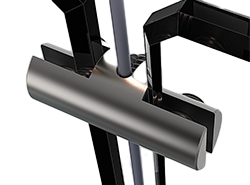
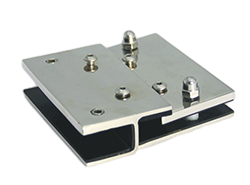
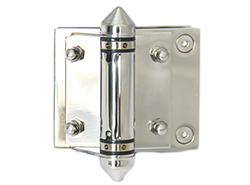
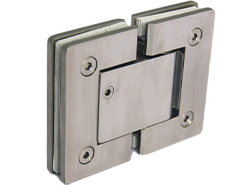
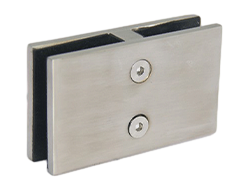
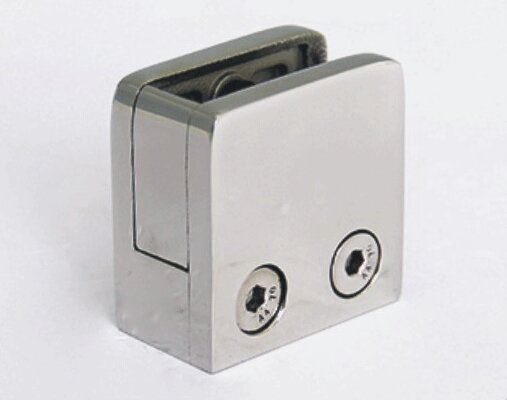
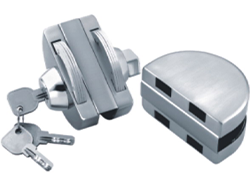

_31221.png)